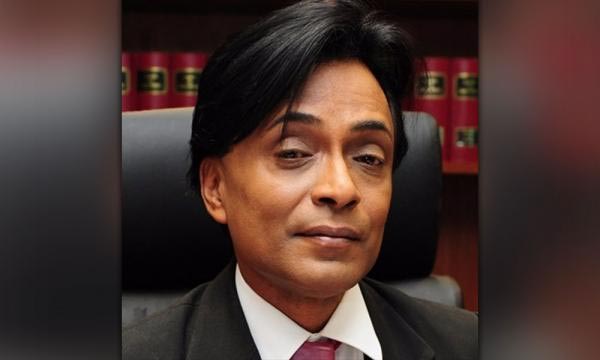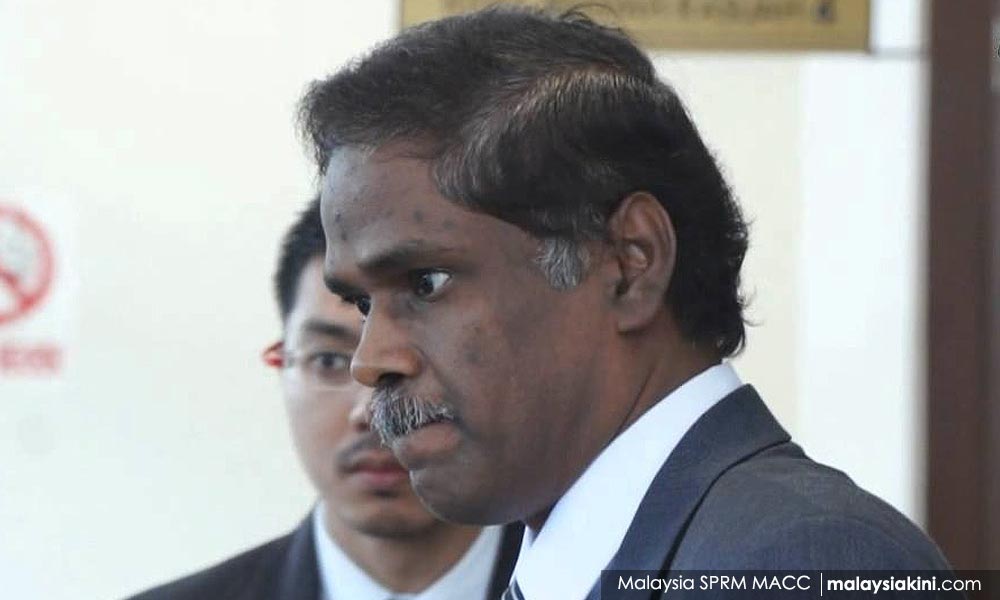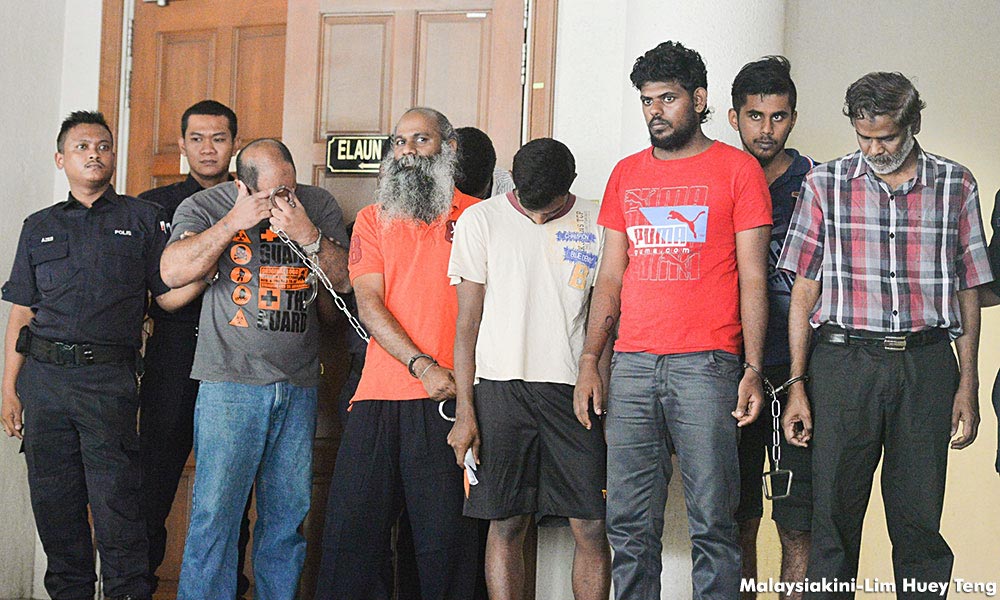By Hidir Reduan Abdul Rashid | Malaysiakini

There is no evidence that a former army pathologist was the mastermind behind the murder of Deputy Public Prosecutor Anthony Kevin Morais eight years ago, the Court of Appeal heard.
During today’s hearing of Dr R. Kunaseegaran’s appeal against his murder conviction and death sentence, his lead defence counsel N. Sivananthan pointed out that none of the other five men convicted of the murder had even met the former pathologist.
Sivananthan was referring to appellants R. Dinishwaran, 31; AK Thinesh Kumar, 30; M. Vishwanath, 33; S Nimalan, 30, and S. Ravi Chandaran, 52.
The lawyer asserted that only G. Gunasekaran, who was also initially charged with Morais’ (above) murder, pointed to Kunaseegaran as the alleged mastermind.
In the course of the murder trial in 2016, prosecutors dropped the murder charge against Gunasekaran, 55, and turned him into a prosecution witness against Kunaseegaran, 60, and the other accused.
Sivananthan told the three-person appellate bench chaired by Hadhariah Syed Ismail that while Kunaseegaran and Gunasekaran knew each other, their relationship irrevocably broke down long before Sept 4, 2015.
The lawyer questioned how the Kuala Lumpur High Court convicted Kunaseegaran when the two were not on talking terms before the murder.
“The prosecution claimed that the first accused (Kunaseegaran) was the mastermind who instructed the seventh accused (Gunasekaran).
“However, this goes against the evidence during the defence case (defence stage of trial) that there was a breakdown of relations and they were not on talking terms (before the murder).
“Their relationship was acrimonious, with the seventh accused told to stay away from the first accused’s family,” Sivananthan told the bench which also comprised of judges Ahmad Zaidi Ibrahim and Azmi Ariffin.
Recusal application
The defence lawyer pointed out that the High Court erred in making a guilty ruling against Kunaseegaran when it considered the appellant’s recusal application linked to a separate criminal case against him.
Sivananthan was referring to Kunaseegaran’s bid before the Shah Alam High Court to recuse two DPPs who prosecuted the former pathologist in a RM700,000 graft case involving a medical supply company.
The lawyer said the High Court erred in finding a motive against Kunaseegaran because the recusal bid in that graft case did not target Morais.

The recusal bid instead targeted two different prosecutors in the graft case, Sivananthan added.
He contended that the High Court failed to take into account that the recusal bid was not even Kunaseegaran’s idea but that of the accused’s legal team in the graft case.
‘No proof implicating Dinishwaran, Nimalan’
Meanwhile, the legal teams for Dinishwaran and Nimalan submitted that the murder trial failed to adduce evidence showing the duo’s involvement in Morais’ murder.
Dinishwaran’s counsel M. Manoharan contended that his client only met Kunaseegaran for the first time while both accused were in police custody.
“Who killed Morais? Definitely not the second accused (Dinishwaran) as the evidence adduced in the trial notes showed that he was not involved at all.
“The accused (Dinishwaran) had (only) known the first accused (Kunaseegaran) when they met in prison,” Manoharan said.
Nimalan’s lawyer Amer Hamzah Arshad submitted that the criminal court erred in convicting his client of murder, as his (Nimalan) mere act of leading the authorities to the barrel containing Morais’ remains did not necessarily mean he knew it contained the dead DPP.
“Nimalan’s act of showing the location of the drum thrown into the swamp only proved that he knew about the drum.
“It cannot be said that he knew the barrel contained Morais’ body,” the lawyer contended.
Hearing before the appellate bench continues on Thursday. Mohd Dusuki Mokhtar appeared for the prosecution.

Death sentence
On July 10, 2020, High Court judge Azman Abdullah convicted and sentenced the six men to death over Morais’ murder.
Morais’ body was found in a barrel filled with concrete on Sept 16, 2015, in Subang Jaya. A total of 84 witnesses, including 14 defence witnesses, testified in the trial that began on April 6, 2016.
The six accused were charged under section 302 of the Penal Code which at the time carried the mandatory death penalty. The government abolished the mandatory death penalty this year, making it an optional sentence for murder and other certain offences.
Azman ruled that the prosecution succeeded in proving that the six men had committed murder per section 300 of the Penal Code.
“With this, all six of you accused are found guilty and thereby are to be sentenced under section 302 of the Penal Code.
“With this, you are sentenced to be hanged until you are dead,” he said.
Gunasekaran was charged alongside the other six accused.
However, on Dec 20, 2016, the High Court allowed the prosecution’s application to withdraw the murder charge against Gunasekaran and instead, he pleaded guilty to an alternative charge under section 201 of the Penal Code for disposing of Morais’ body.
While serving a two-year jail sentence for the alternative charge, Gunasekaran testified for the prosecution against the six men. He was released from prison after serving his term in January 2017.
During the trial, the issue of the possible motive behind Morais’ murder was raised by the prosecution, namely that it was linked to the deceased’s role in a separate case against Kunaseegaran at the Shah Alam courts.



